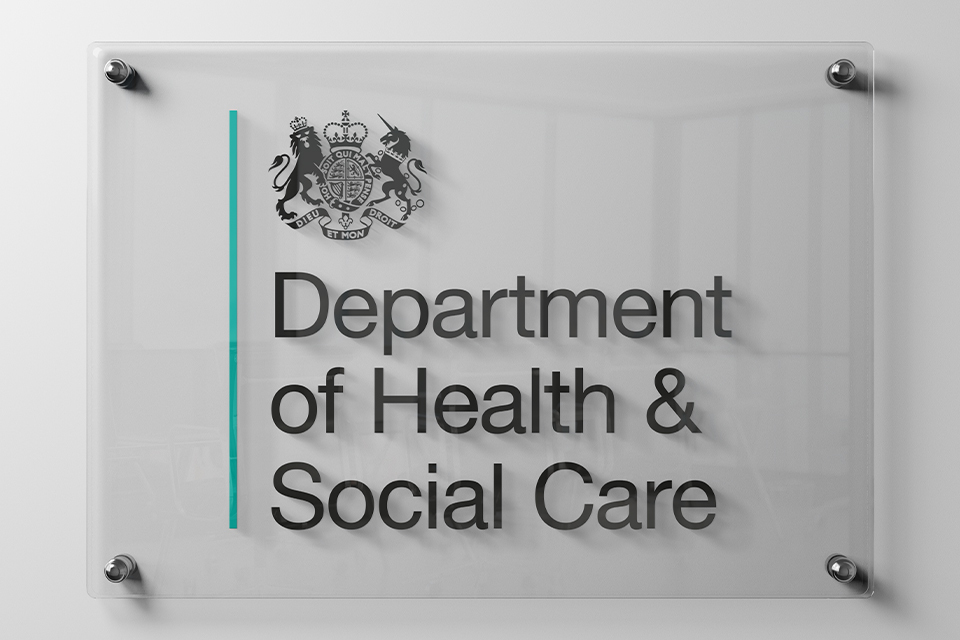- Select a language for the TTS:
- UK English Female
- UK English Male
- US English Female
- US English Male
- Australian Female
- Australian Male
- Language selected: (auto detect) - EN
Play all audios:
IN my letter1 of May 4, I was not defending Eddington's solution of his problem in inverse probability, but was attacking Dr. Dingle's discussion2 of his own simplified problem: If A and D
each speak the truth once in three times independently, and A says that D lies, what is the probability that D speaks the truth? In his discussion Dr. Dingle said, ” Sir Arthur's treatment
effectively combines the knowledge of D's moral character with that of A's. But is it not clear that such combination is purely fictitious? From our knowledge of D the probability is ” from
our (independent) knowledge of A it is ”. The results are inconsistent because the data are independent; we are effectively defining probability in different ways”. It should be clear from
my solution of Dr. Dingle's problem that the answer is neither ” nor ”, but, ½ and nothing else. There are really no inconsistencies, as I showed by drawing up the association table.
Anyone you share the following link with will be able to read this content:









